Drugs that lead to immune red cell hemolysis can be super-sneaky and present as unexplained hemolysis! Pat Arndt outlines just how to “sleuth” out these challenging cases!

Patricia Arndt MS MT(ASCP)SBB
DISCLAIMER: The opinions expressed on this episode are those of my guest and I alone, and are not those of the organizations with which either of us is affiliated. Neither Pat nor I have any relevant financial disclosures.
The images below are generously provided by Patricia Arndt.
Further Reading:
- Arndt PA. Sally Frank Memorial Award and Lectureship* Drug-induced immune hemolytic anemia: the last 30 years of changes. Immunohematology 2014;30:44-54.
- Garratty G and Arndt PA. Drugs that have been shown to cause drug- induced immune hemolytic anemia or positive direct antiglobulin tests: some interesting findings since 2007. Immunohematology 2014;30:66-79.
- Leger RM, Arndt PA, and Garratty G. How we investigate drug-induced immune hemolytic anemia. Immunohematology 2014;30:85-94.
- Petz LD et al. Cimetidine-induced hemolytic anemia: the fallacy of clinical associations. J Clin Gastroenterol 1983;5:405-9.
Note: The first three articles listed above are available for free from the American Red Cross’ “Immunohematology” journal site.

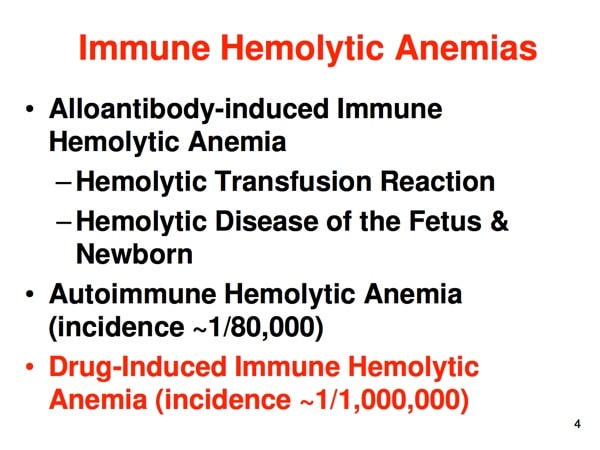
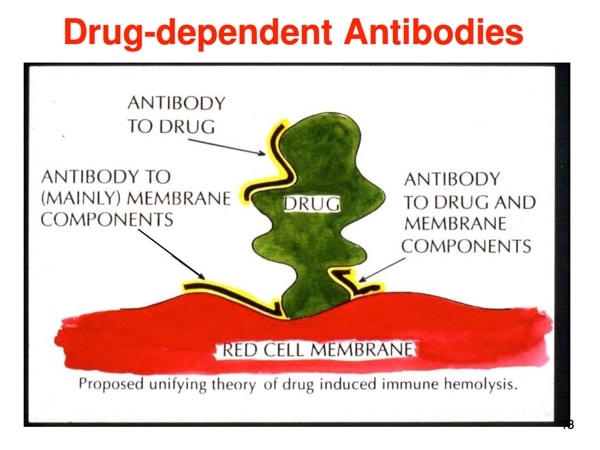
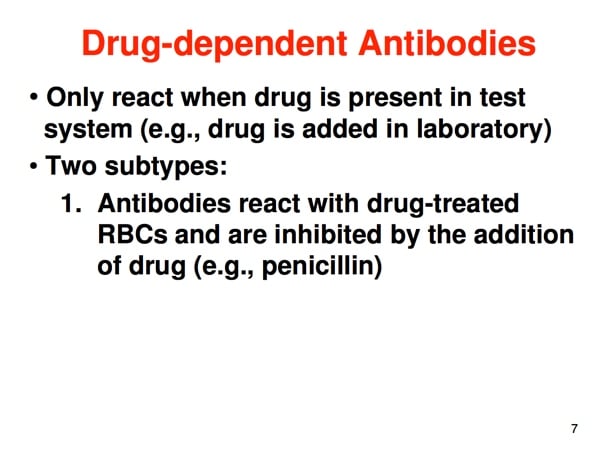
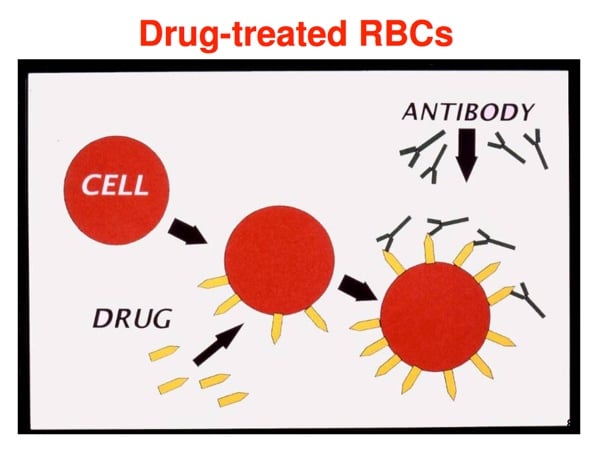
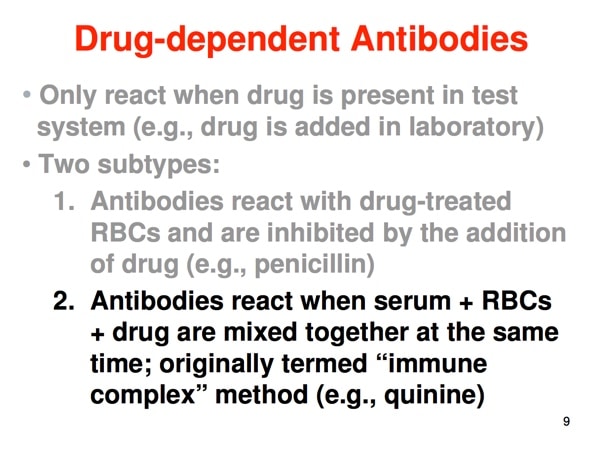
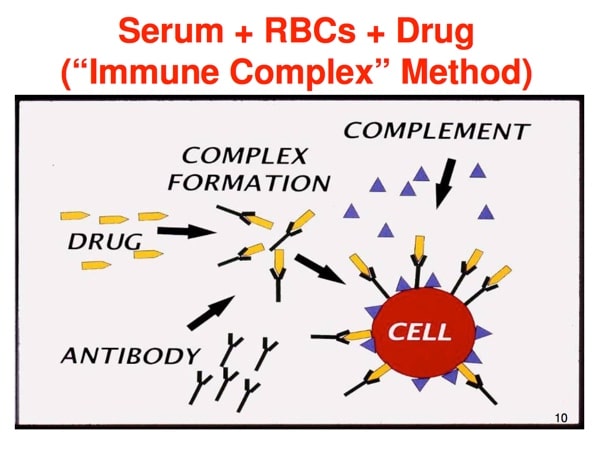
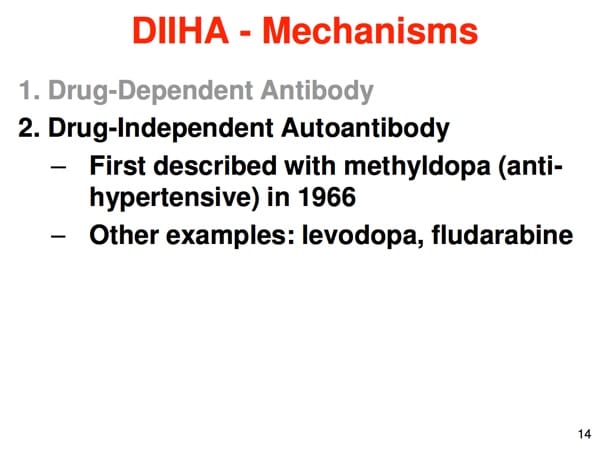
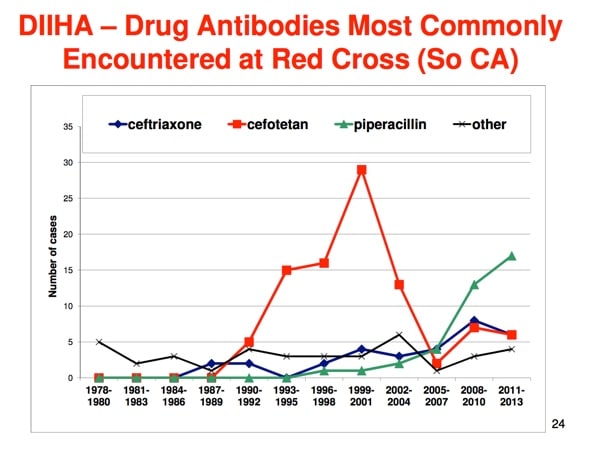
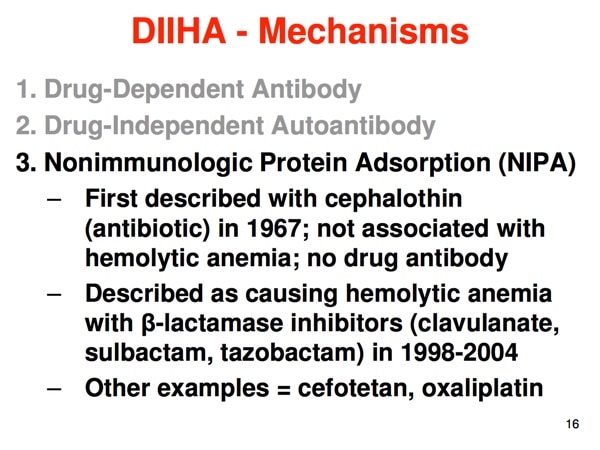
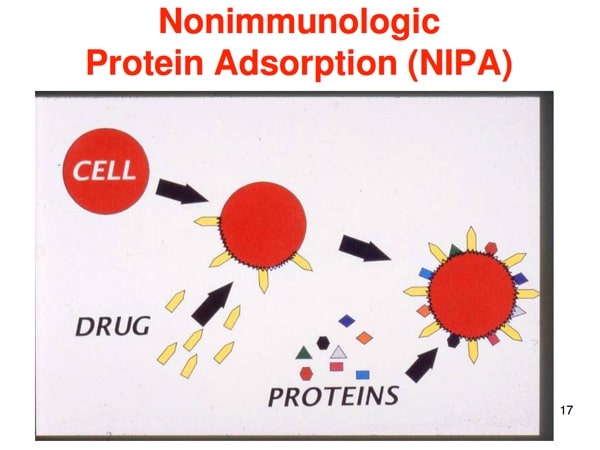
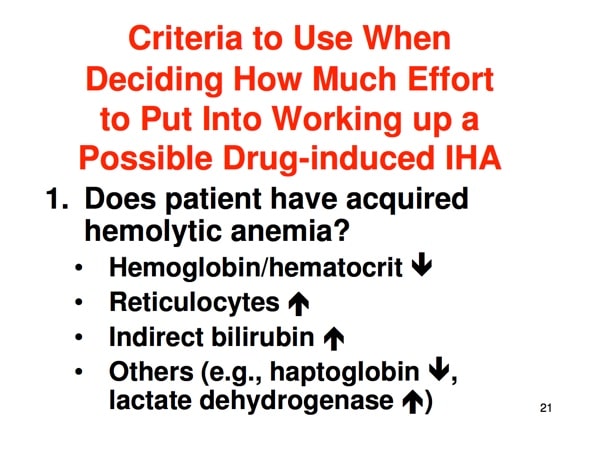
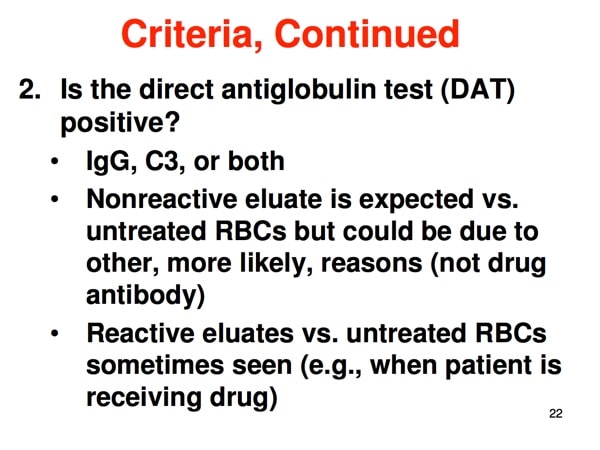
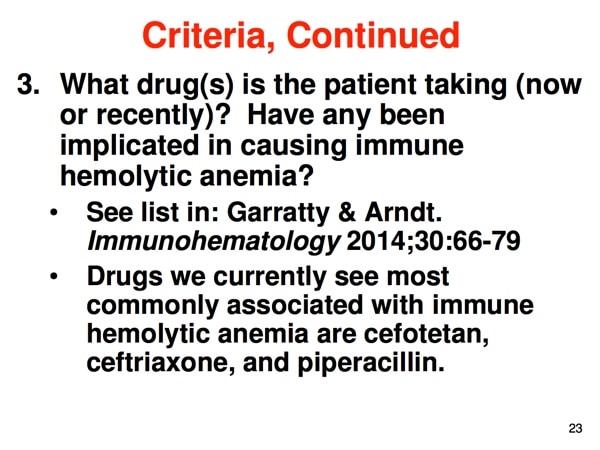
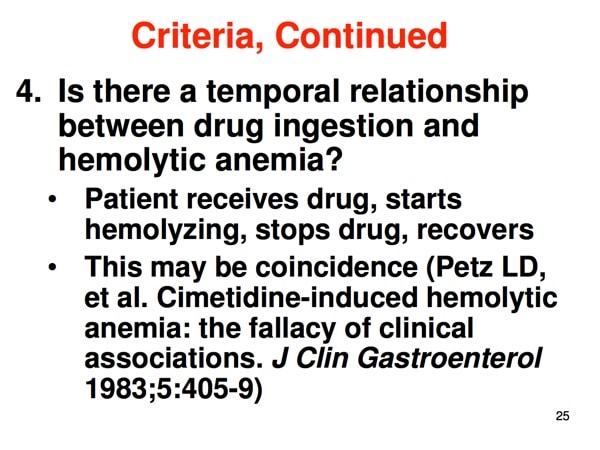



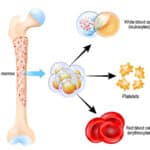

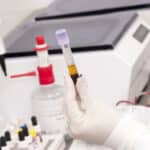



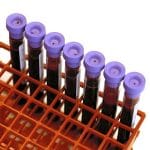

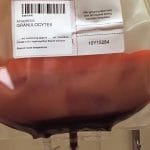
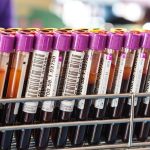
Excellent. Thanks
Thank you. Very helpful. Connie.
Very interesting. As a blood banker who personally has had nonimmune hemolytic anemia and experienced drug induced hemolytic anemia, I found this to be very informative.
Once on the basis of this podcast, we were able to distinguish WAIHA from DIHA. The patient recovered very soon after they took him off the drug.
That’s very cool! Thanks for sharing.
-Joe